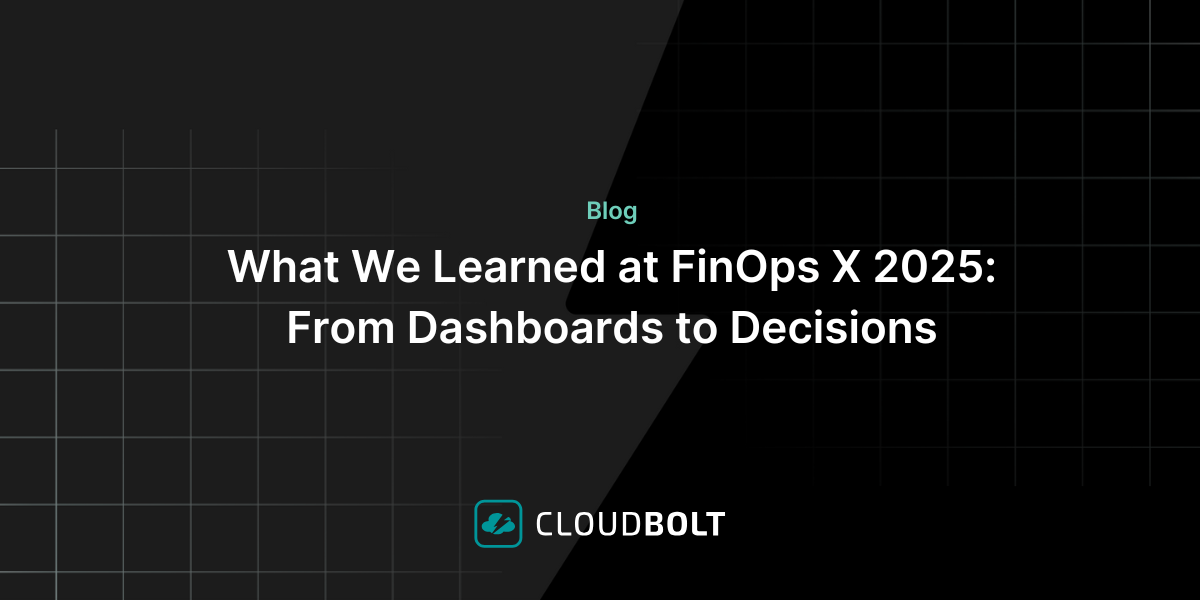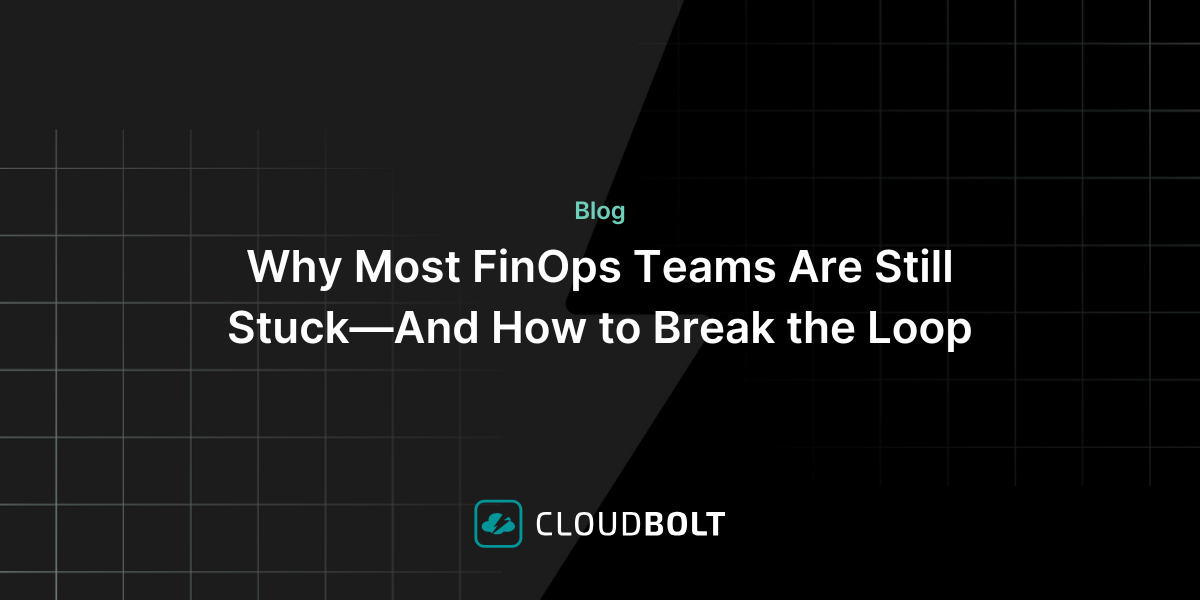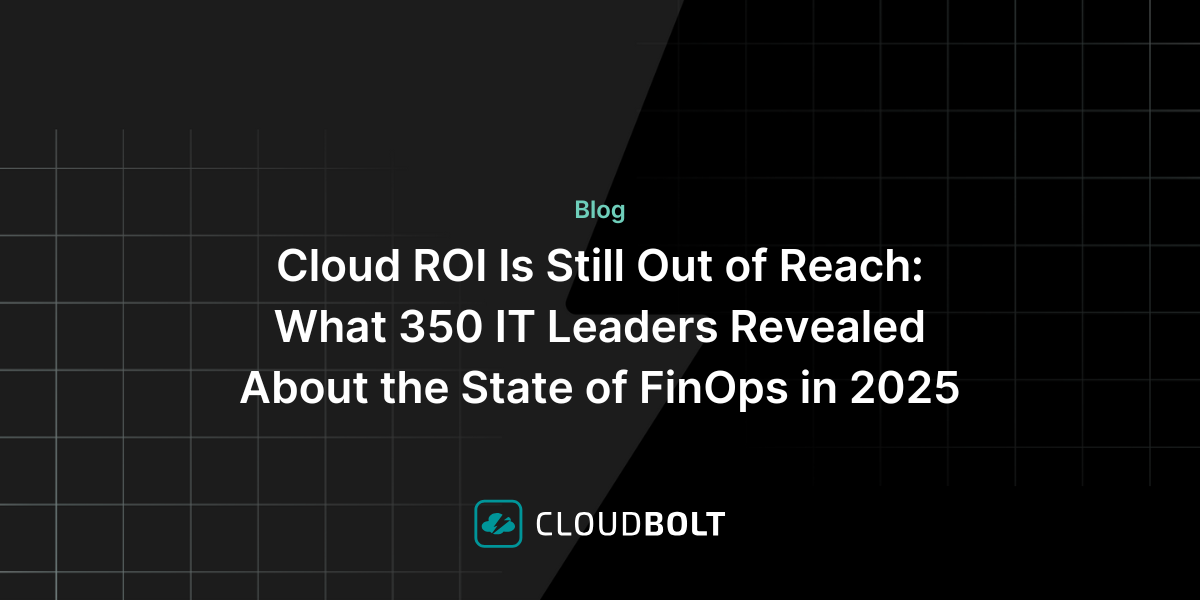Strategic Monitoring for Hybrid Cloud Infrastructure Provisioning
There’s an incredible amount of monitoring data in enterprise IT environments from the network, the infrastructure, and the applications. Consider that monitoring everything all the time for every aspect of your running infrastructure, although potentially useful, might not be a good use of time and resources. Strategic monitoring will lead to better outcomes in most cases.
Suppose a particular set of servers has the same load applied to it day after day and never reaches any level of saturation from CPU utilization or memory usage. Why invest any special monitoring for it if the servers are not causing issues? On the other hand, in an environment where demand fluctuates and the ability to scale up with that demand using more infrastructure, it’s important to know when a certain monitored threshold is reached. This will kick in load balancing or a horizontal scale of additional servers to handle the load.
Enterprises have the ability to strategically monitor with the many tools available to them.
Strategic Monitoring
Monitoring can be focused on 1) the infrastructure that runs applications and services of any kind, 2) the application as a whole from end-to-end, or 3) any combination of the two. Each of the monitoring tools available from enterprise favorites such as AppDynamics, New Relic, and Splunk will have a range of approaches that include deep statistics into the health of any component combined with some kind of predictive analytics that help pinpoint potential issues before they become costly problems. Logging can be done for any system and can be retrieved and analyzed for troubleshooting and insights.
Other monitoring tools, like Data Dog, Nagios, and Solarwinds, provide robust infrastructure and network metrics for IT operations that have enterprise-level visibility in order to facilitate smooth troubleshooting and alerting frameworks. Public cloud providers themselves include native monitoring of the infrastructure with an API to retrieve the necessary metrics for any reporting tool that can use them. For instance, CloudWatch metrics from Amazon Web Services (AWS) can easily be retrieved via an API and used for monitoring EC2 instances.
Strategic monitoring for hybrid cloud provisioning at the enterprise level is wide open for any IT administrator or DevOps engineer who needs to include monitoring with the provisioning process. The range of tools and the breadth of coverage is so open—any metric that you might need for the infrastructure running in production will most likely be armed with plenty of monitoring ability from one of your existing enterprise tools. There’s no need to collect it again with another tool or instrument your provisioned infrastructure with another agent at the time of provisioning unless that is part of your strategy.
Much of hybrid cloud provisioning involves setting up ready-made application stacks for developers to use as a starting point to develop the environment further with software coding along with digital business logic that they need to ultimately run in production. Monitoring might be better addressed later on in the full lifecycle of this infrastructure. In other cases, the hybrid cloud provisioning could be deploying production-ready web servers, app servers, or instances of fully developed containerization. In this case, monitoring can be included in the blueprint for whatever downstream enterprise tool will be used to track and monitor that resource. Another provisioning process might be for lab environments identical to customer or user environments where developers want to access the resources for a given amount of time and then turn them off when not in use. There might be no need for enterprise-grade monitoring in this case.
All of your hybrid cloud provisioning processes will require a strategic approach to monitoring that is gets the right, actionable monitoring data that suits the workflow.
CloudBolt provides monitoring of usage statistics to help control costs and manage infrastructure by department or group usage. When a particular user or sets of users start to consume beyond a level set by their quota, action can be taken to approve or deny more resources. You can monitor server utilization statistics from VMware Servers and AWS EC2 instances out-of-the-box and configure integration with any existing monitoring system on the network that is relevant to your strategic hybrid cloud provisioning plan.
Want to see how CloudBolt can help you? Request a demo!
Related Blogs

What We Learned at FinOps X 2025: From Dashboards to Decisions
At FinOps X 2025, one message echoed across sessions and conversations: FinOps is growing up. The scope is expanding. The…

